The Bain of Our Existence
As is the case for most technologies, television had no single “inventor.” But then there’s the amazing Alexander Bain.
Consider: 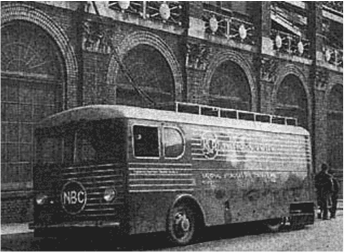 The first major-league baseball game to be televised was played between the Cincinnati Reds and the Brooklyn Dodgers on August 26, 1939. If one believes that television was introduced at the New York World’s Fair that year a few months earlier, it didn’t take long to get from that introduction to sports coverage. In fact, there was even experimental coverage of a game between Princeton and Columbia Universities on May 17.
The first major-league baseball game to be televised was played between the Cincinnati Reds and the Brooklyn Dodgers on August 26, 1939. If one believes that television was introduced at the New York World’s Fair that year a few months earlier, it didn’t take long to get from that introduction to sports coverage. In fact, there was even experimental coverage of a game between Princeton and Columbia Universities on May 17.
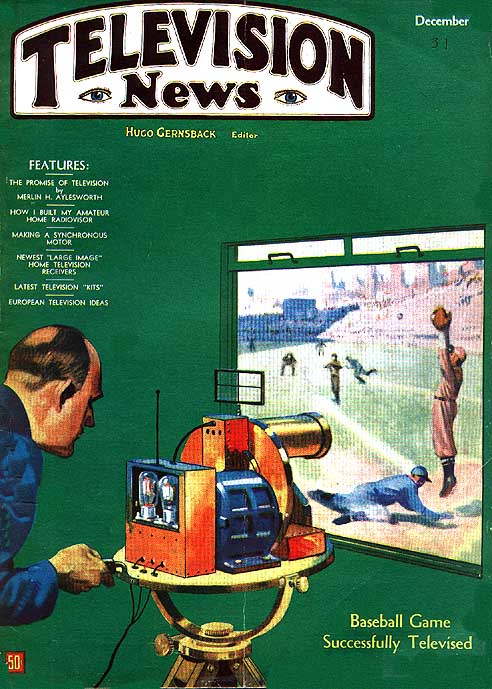 Of course, that’s a very U.S.-centered view of history. Regularly scheduled television broadcasting began in London in 1936 (or even earlier, depending on definitions). As for the first baseball game to be televised, that was in Tokyo in 1931.
Of course, that’s a very U.S.-centered view of history. Regularly scheduled television broadcasting began in London in 1936 (or even earlier, depending on definitions). As for the first baseball game to be televised, that was in Tokyo in 1931.
Even in the U.S., 1931 saw the first TV shows with original scripts. Regularly-scheduled news telecasts began in Schenectady, New York in 1928. In London, the first public demonstration of a television system capable of depicting a recognizable human face was in 1926, and the first public demonstration of a cruder television system was in 1914.
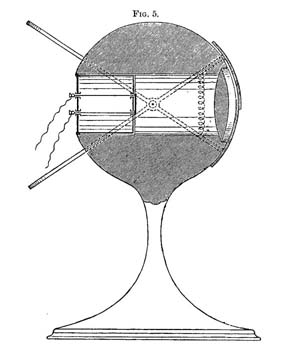 An all-electronic television system was described in the publication Nature in 1908, following the patenting of an electronic picture display in 1907. The word television, itself, was coined in 1900 to describe the many moving-image transmission systems created by that point.
An all-electronic television system was described in the publication Nature in 1908, following the patenting of an electronic picture display in 1907. The word television, itself, was coined in 1900 to describe the many moving-image transmission systems created by that point.
What has been called “the master television patent” — certainly the first patent for a complete television system — was issued in Germany in 1885. The first crude television pictures were seen by 1879. Multiple television systems were described between a demonstration of an “artificial eye” in 1876 and those first crude video pictures of 1879. And before that?
Nothing. Not even science fiction or fantasy. The closest description might be in a tale, offered by Sir Walter Scott in 1828, of a mysterious mirror that saw not only into the distance but also into the past (although it could produce images for no more than seven minutes).
Why did the concept of television suddenly appear in the 1870s? It began, perhaps, with the seemingly appropriately named Wildman Whitehouse.
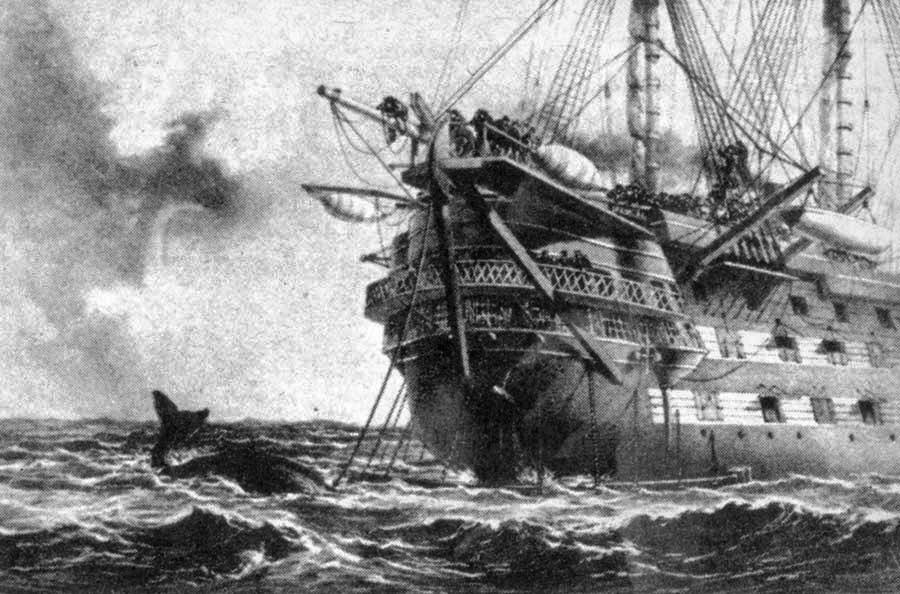 In one version of a common joke, a surgeon with a defective lamp calls an electrician, who arrives, works for a moment, fixes the lamp, and presents a bill. “This is outrageous!” the surgeon declares. “I’m a surgeon, and I don’t get paid as much as that.” The electrician replies, “When I was a surgeon, I didn’t get as much, either.”
In one version of a common joke, a surgeon with a defective lamp calls an electrician, who arrives, works for a moment, fixes the lamp, and presents a bill. “This is outrageous!” the surgeon declares. “I’m a surgeon, and I don’t get paid as much as that.” The electrician replies, “When I was a surgeon, I didn’t get as much, either.”
Whitehouse was a surgeon who became an electrician. As the latter, he came up with a plan to use high voltage to force telegraph messages through the long transatlantic cable of 1858. Whether it was that high voltage or, as later research suggests, flaws of manufacture, the cable failed.
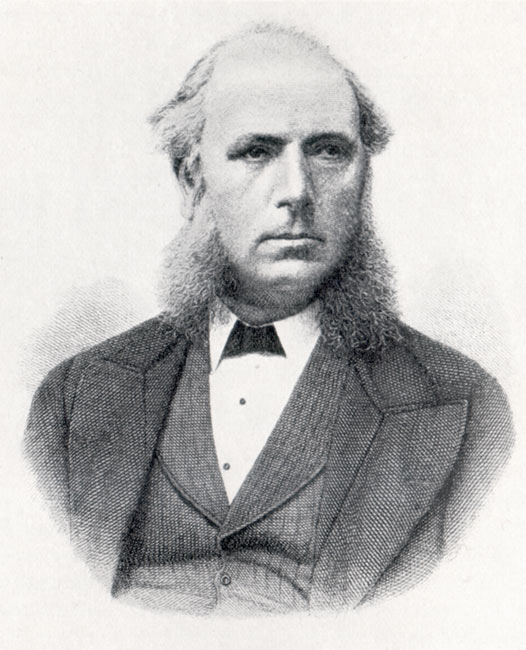 So, for its replacement, telegraph engineer Willoughby Smith designed an apparatus to monitor its health. But John Mayhew discovered unusual variations in its readings, seeming to have something to do with light intensity. Smith conducted experiments to prove that the selenium resistors used were photoconductive and wrote to Latimer Clark about it in 1873. Clark informed the Society of Telegraph Engineers (STE), to which he, Smith, and Whitehouse all belonged, along with such other notables as William Thomson (later Lord Kelvin, for whom the K in “3200K” is named) and William Siemens. After much debate and publicity, the Siemens artificial eye appeared, followed by many television proposals. As for the STE, they became the Institution of Electrical Engineers, today the Institution of Engineering and Technology, one of the six partners who produce the International Broadcasting Convention (IBC) each year.
So, for its replacement, telegraph engineer Willoughby Smith designed an apparatus to monitor its health. But John Mayhew discovered unusual variations in its readings, seeming to have something to do with light intensity. Smith conducted experiments to prove that the selenium resistors used were photoconductive and wrote to Latimer Clark about it in 1873. Clark informed the Society of Telegraph Engineers (STE), to which he, Smith, and Whitehouse all belonged, along with such other notables as William Thomson (later Lord Kelvin, for whom the K in “3200K” is named) and William Siemens. After much debate and publicity, the Siemens artificial eye appeared, followed by many television proposals. As for the STE, they became the Institution of Electrical Engineers, today the Institution of Engineering and Technology, one of the six partners who produce the International Broadcasting Convention (IBC) each year.
Many television histories begin with the photoconductivity discovery or Smith’s experiments, and there’s no question that, as publicized by the STE, they kicked off the efforts to create television. What’s odd, however, is that they weren’t the first. Long before even the first transatlantic cable, in 1839 Edmond Becquerel published in the journal of the French Academy of Science his research that sunlight could create an electrical current. At the time, it seemed just another interesting scientific phenomenon. No one made the leap from that to television.
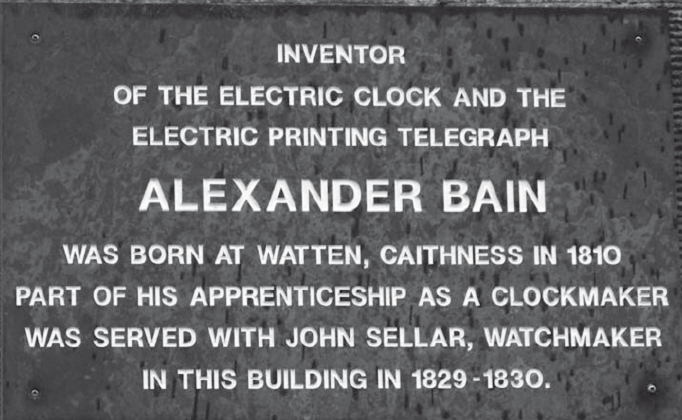 The reason television research began after Smith/Clark and not Becquerel is that, by the time of the discovery of the photoconductivity of selenium, the world was already accustomed to image transmission, and the reason for that was Alexander Bain. There were actually two famous Alexander Bains born in Scotland in the early 19th century. The one who might be considered the father of television (and almost all other forms of electronic imaging) was born in Watten in 1810 and apprenticed to a clock maker in Wick. After hearing a lecture about electricity, he abandoned his apprenticeship and went off to work in the new field.
The reason television research began after Smith/Clark and not Becquerel is that, by the time of the discovery of the photoconductivity of selenium, the world was already accustomed to image transmission, and the reason for that was Alexander Bain. There were actually two famous Alexander Bains born in Scotland in the early 19th century. The one who might be considered the father of television (and almost all other forms of electronic imaging) was born in Watten in 1810 and apprenticed to a clock maker in Wick. After hearing a lecture about electricity, he abandoned his apprenticeship and went off to work in the new field.
He worked in both telegraphy and timekeeping, sometimes combining the two. In 1843, while living in London, he received a patent for “Certain improvements in producing and regulating electric currents, and improvements in electric time pieces, and in electric printing and signal telegraphs.” He later said he came up with the idea in 1842. A drawing from his 1848 U.S. patent (5957) is shown below.
Bain appears to have been the first to conceive of image scanning. In one fell swoop, he came up with linear (horizontal) scanning lines, pixels, line synchronization, and frame synchronization, all for image transmission. As John Douglas Ryder and Donald G. Fink (the latter the secretary of the U.S. National Television System Committees, NTSC) put it in their 1984 IEEE Press book Engineers & Electrons: a century of electrical progress, Bain’s “concept embodied all the geometrical and timing methods of the modern television system.”
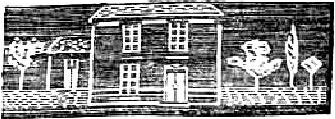 Just as the 1873 announcement of the photoconductivity of selenium opened the floodgates for television proposals, Bain’s patent 30 years earlier brought on a flood of proposals for what we might today call fax machines. At right is an image transmitted a long distance in 1850 using a system that created negative images at the receiver.
Just as the 1873 announcement of the photoconductivity of selenium opened the floodgates for television proposals, Bain’s patent 30 years earlier brought on a flood of proposals for what we might today call fax machines. At right is an image transmitted a long distance in 1850 using a system that created negative images at the receiver.
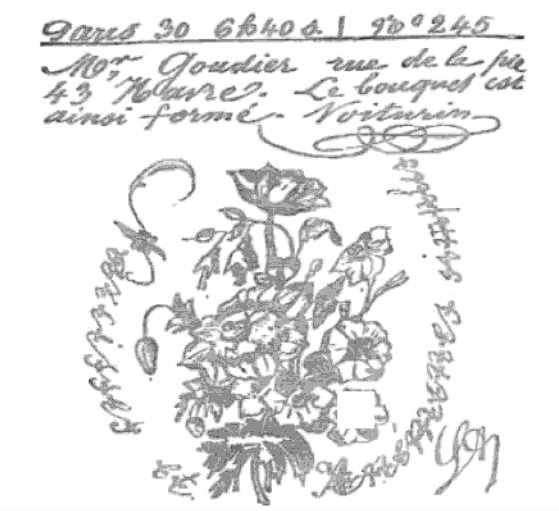 Commercial fax service began in France in 1865 using Bain’s scanning technique. The biggest problem was that the faxes had to be drawn or written with insulating ink. That didn’t stop opera composer Gioacchino Rossini from transmitting a page of music from Paris to Amiens in 1860. By 1863, faxes were even transmitted in color! But some sort of system for converting variations in light intensity to electrical signals was seemingly necessary to transmit photographic images, and that’s what the Smith/Clark 1873 announcement of the photoconductivity of selenium offered.
Commercial fax service began in France in 1865 using Bain’s scanning technique. The biggest problem was that the faxes had to be drawn or written with insulating ink. That didn’t stop opera composer Gioacchino Rossini from transmitting a page of music from Paris to Amiens in 1860. By 1863, faxes were even transmitted in color! But some sort of system for converting variations in light intensity to electrical signals was seemingly necessary to transmit photographic images, and that’s what the Smith/Clark 1873 announcement of the photoconductivity of selenium offered.
The fundamental concepts of television were then in place: image scanning and the conversion of light variations to electrical signals. It was already known that wires would glow at different brightnesses depending on the amount of current flowing through them. The rest was just engineering.
Tags: Alexander Bain, Donald G. Fink, fax history, history, IBC, IET, image scanning, Joseph May, Latimer Clark, Lord Kelvin, photoconductivity, selenium, Siemens, television history, transatlantic cable, Wildman Whitehouse, Willoughby Smith,

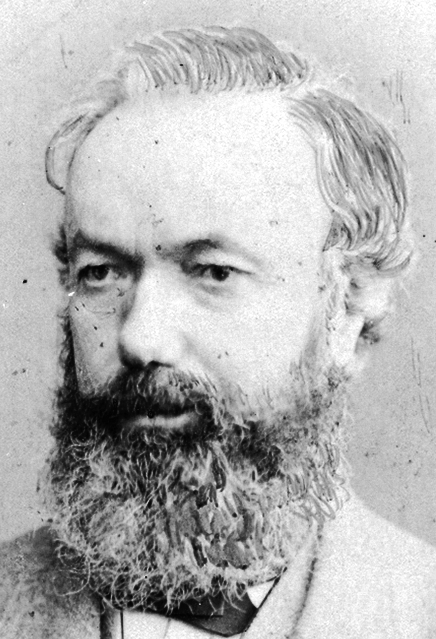
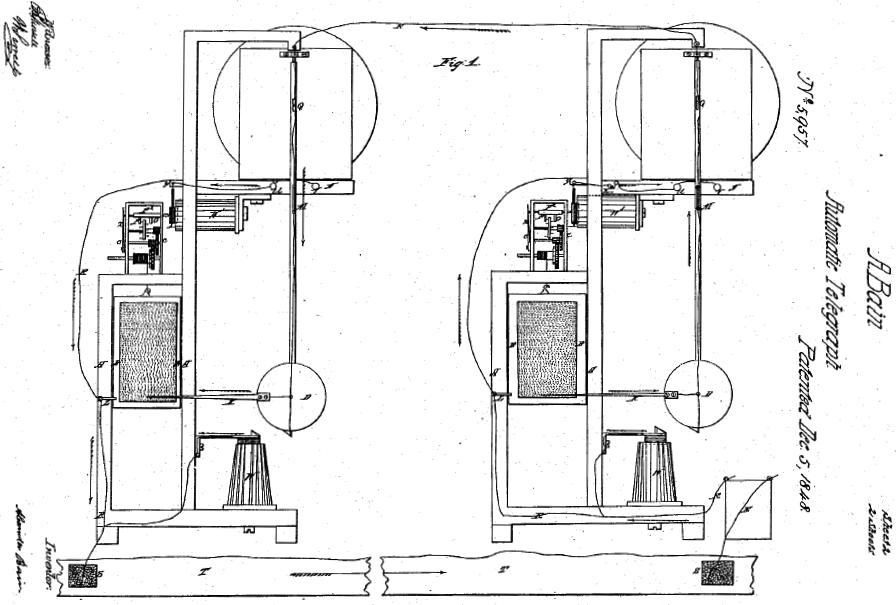
No comments yet. You should be kind and add one!
The comments are closed.